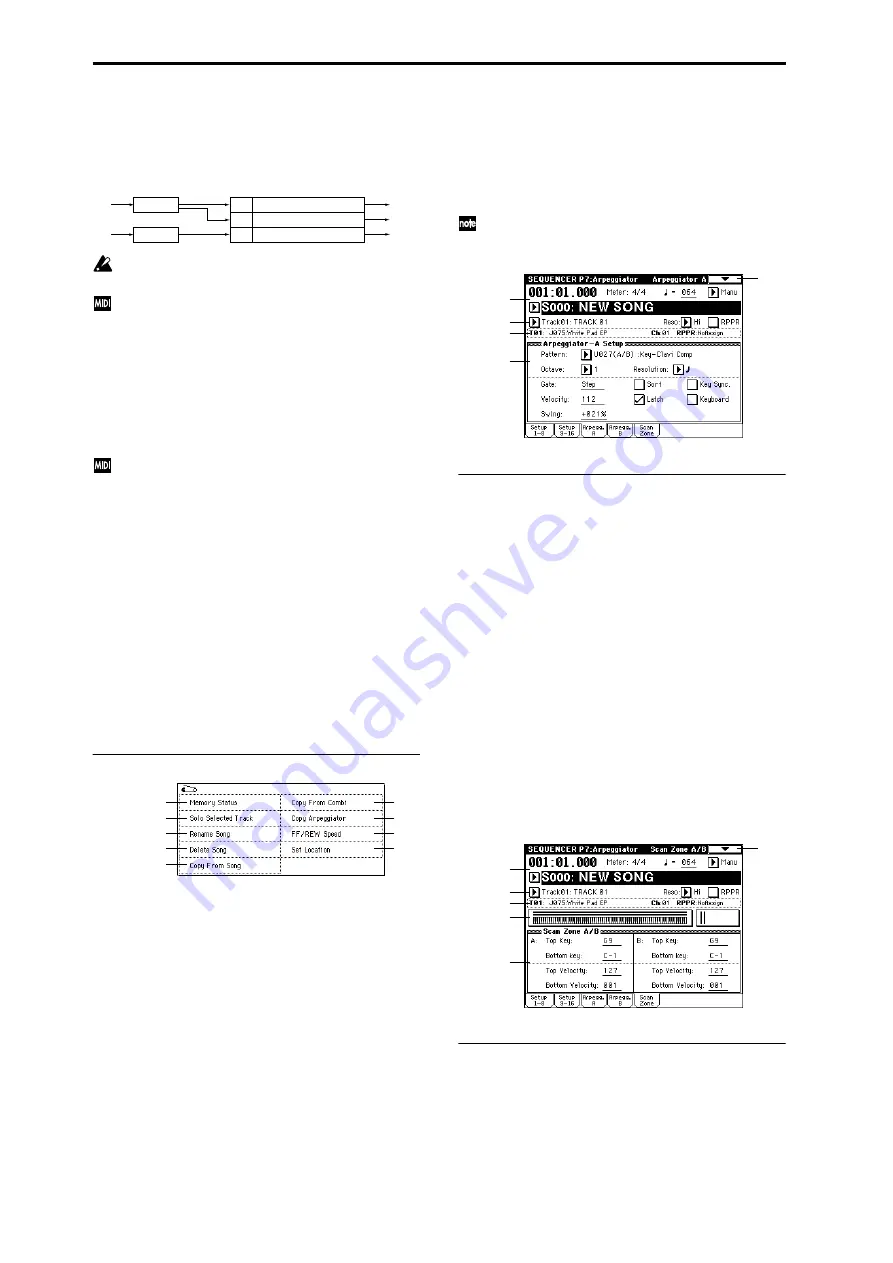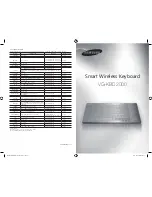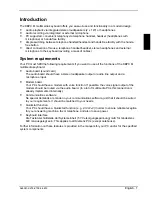
94
• Alternatively, you could choose Track01 in “Track
Select
” to run arpeggiator A for tracks 1 and 2, and use
an external MIDI device connected to the TRITON
Extreme’s MIDI IN to send note data to MIDI channel 3
to play arpeggiator B.
The arpeggiator cannot be triggered by the notes
played by the sequencer.
If the track “Status” (2–1a/2a) is set to INT or BTH,
tracks 1–16 to which arpeggiator A or B are assigned
will be sounded by the note data generated by the
arpeggiator, regardless of the “MIDI Channel” (2–1a/
2a) setting of that track. If the track “Status” is set to
BTH
, EXT, or EX2, the track will transmit MIDI note
data on the “MIDI Channel” of that track.
In this case, arpeggiator A or B will be triggered by the
“MIDI Channel” of any track 1–16 to which the corre-
sponding arpeggiator is assigned.
If the “Local Control On” (Global P1: 1–1a) is turned
OFF, the arpeggiator will not be triggered by note data
from the keyboard. It will be triggered by note data
received at MIDI IN. If you wish to record just the trig-
ger notes on an external sequencer and run the TRITON
Extreme’s arpeggiator in this way, turn Local Control
OFF.
If you want the note data generated by the arpeggiator
to be recorded on the external sequencer, turn Local
Control ON, and turn off the echo back function of the
external sequencer. (
Arpeggiator Run A, B
When the ARPEGGIATOR [ON/OFF] key is on, the arpeg-
giator(s) that are checked here will function for the track(s)
to which they are assigned by “Arpeggiator Assign.”
When the arpeggiator is on, A and B can be turned on/off
independently.
▼
7–1: Page Menu Command
7–1A: Copy Arpeggiator
This command copies arpeggiator settings.
☞
Combination P7: 7–1A: Copy Arpeggiator.
7–3: Arpegg. A
(Arpeggiator A)
7–4: Arpegg. B
(Arpeggiator B)
In the Arpegg. A page you can make settings for arpeggiator
A, and in the Arpegg. B page you can make settings for
arpeggiator B.
The “Copy Arpeggiator” (7–1A) page menu command
can also be used to copy arpeggiator settings from
another mode such as Program mode.
7–3(4)a: Arpeggiator–A(B) Setup
Pattern
[P000...P004, U000(A/B)...U506(User)]
Octave
[1, 2, 3, 4]
Resolution
[
,
,
,
,
,
]
Gate
[000...100(%), Step]
Velocity
[001...127, Key, Step]
Swing
[–100...+100(%)]
Sort
[Off, On]
Latch
[Off, On]
Key Sync.
[Off, On]
Keyboard
[Off, On]
These are the arpeggiator parameters for the song.
☞
“Program 7–1: Arpegg. Setup (Arpeggiator Setup)”
7–5: Scan Zone
(Scan Zone A/B)
Specifies the range of notes and velocities that will trigger
each arpeggiator A and B.
7–5a: Zone Map
This shows the Scan Zone settings for arpeggiators A and B.
(
☞
Combination “Zone Map” 7–4a)
Pattern - B
Pattern - A
Pattern - A
Track2
MIDI Ch=2ch Status=INT
Arpeggiator
A
Arpeggiator
B
Arpeggiator
Assign
A
A
Pattern - A
Pattern - B
Trigger
= Ch1, Ch2
Trigger
= Ch3
Track3
MIDI Ch=3ch Status=INT
B
Track1
MIDI Ch=1ch Status=INT
0–1A
0–1B
0–1C
0–1D
0–1E
0–1F
7–1A
0–1I
0–1J
7–1
0–1b
7–3a
5–1b
0–1a
7–1
0–1b
7–5a
7–5b
5–1b
0–1a
Summary of Contents for TRITON Extreme
Page 1: ...2 E ...
Page 11: ...xii ...
Page 111: ...100 9 5 Page Menu Command 0 1A 0 1I 0 1J Program 9 5A ...
Page 185: ...174 ...
Page 215: ...204 ...
Page 281: ...270 ...
Page 349: ...338 ...
Page 350: ...339 ...
Page 351: ...340 ...
Page 352: ...341 ...
Page 353: ...342 ...
















































